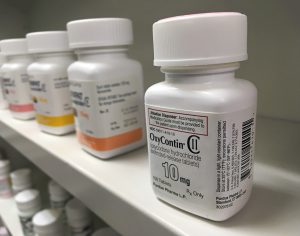For more than three years I have been writing about the dangers of certain implanted medical devices. These devices include artificial hips, hernia mesh, IUDs, IVC filters, and others. And some have caused massive human suffering: neurological problems, sexual dysfunction, immobility, infertility, headaches, pain, even death. If you are reading this sentence then you discovered my site because of your interest in medical devices and the problems they can cause. And if you are interested in this subject, you must see the new Netflix documentary The Bleeding Edge.
 The Bleeding Edge is a remarkable film investigating the public health crisis caused by our current medical device industry. It examines the two main causes permitting the manufacture and sale of defective medical devices: corporate greed and inadequate FDA oversight. It is a tragic story, particularly when the film takes a close look at many of the actual victims of these harmful medical devices. It’s one thing to hear that the Essure birth control device has injured thousands of women; it’s quite another when you see a woman on screen explain how she has given up on her hope to find love because she can no longer have intercourse due to permanent internal injuries. It is deeply sad to hear these stories. And it may have you writing your member of congress. Which you should.
The Bleeding Edge is a remarkable film investigating the public health crisis caused by our current medical device industry. It examines the two main causes permitting the manufacture and sale of defective medical devices: corporate greed and inadequate FDA oversight. It is a tragic story, particularly when the film takes a close look at many of the actual victims of these harmful medical devices. It’s one thing to hear that the Essure birth control device has injured thousands of women; it’s quite another when you see a woman on screen explain how she has given up on her hope to find love because she can no longer have intercourse due to permanent internal injuries. It is deeply sad to hear these stories. And it may have you writing your member of congress. Which you should.
I urge you to check out the film. Here are a few key takeaways:
 North Carolina Product Liability Lawyer Blog
North Carolina Product Liability Lawyer Blog










